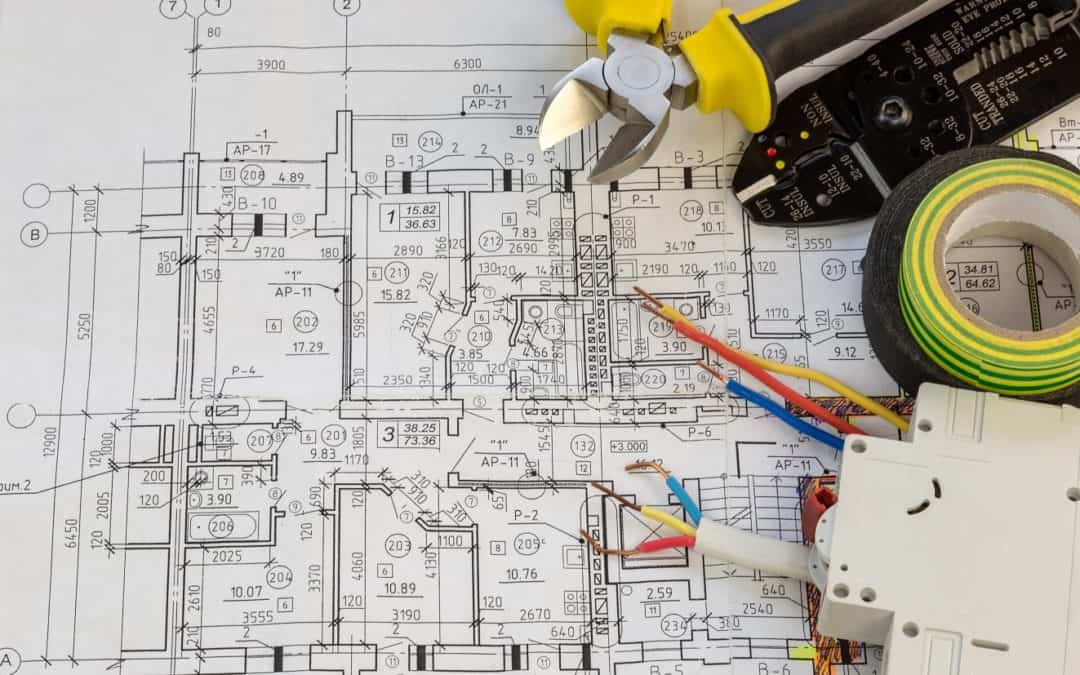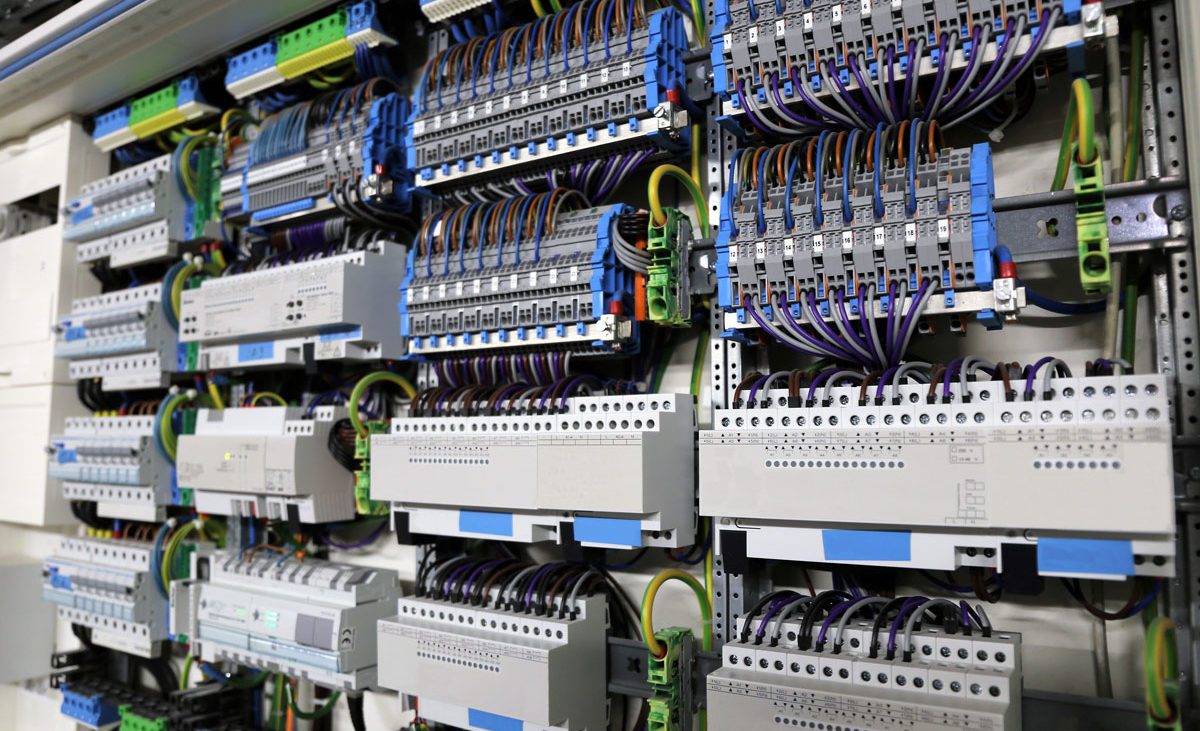Optimizing Industrial Electrical Design for High-Demand Operations
Optimizing Industrial Electrical Design for High-Demand Operations
Blog Article
Cutting-edge Electrical Design Providers for Modern Facilities
As metropolitan atmospheres expand significantly intricate, integrating modern technologies such as wise grids and renewable energy resources comes to be vital. These developments not just assure to optimize energy usage but likewise foster durability versus future demands.
Value of Ingenious Electric Design
Ingenious electrical design plays a crucial duty in modern-day facilities, influencing not only efficiency however additionally sustainability. As cities evolve and the need for power rises, the requirement for advanced electrical systems becomes extremely important. These systems have to not only satisfy current demands yet additionally expect future growth and technical innovations.
A well-executed electric design can considerably lower power consumption, consequently decreasing operational prices and decreasing ecological influence. By incorporating renewable power sources, such as solar panels and wind generators, innovative styles can enhance energy self-reliance and durability. Additionally, smart grid modern technologies enable real-time tracking and administration of power distribution, enhancing performance and reducing waste.
Security is another essential element of electrical design. Carrying out innovative technologies and extensive criteria can reduce risks associated with electrical failings, making sure a secure atmosphere for locals and businesses alike. In addition, ingenious layouts promote versatility, permitting infrastructures to incorporate emerging innovations flawlessly.
Key Fads in Electrical Design
As the landscape of electric design remains to evolve, numerous crucial fads are forming the future of the industry. One significant fad is the assimilation of clever technology right into electrical systems. The expansion of the Net of Points (IoT) has actually made it possible for real-time surveillance and control of electrical tools, improving effectiveness and assisting in anticipating maintenance.
An additional fad is the expanding emphasis on modular design. This strategy permits scalable and adaptable remedies, making it possible for infrastructure to adapt to transforming needs without considerable remodellings. Additionally, making use of sophisticated simulation tools and Building Info Modeling (BIM) is coming to be significantly common, streamlining the design procedure and improving collaboration amongst stakeholders.
In addition, developments in products scientific research are causing the development of lighter, more long lasting, and energy-efficient components. This innovation is especially vital for high-performance structures and framework tasks.
Lastly, there is a significant shift in the direction of data-driven decision-making - residential electrical design. Leveraging information analytics assists designers enhance systems for performance and cost-effectiveness. Together, these trends signify a transformative age in electric design, boosting capability, sustainability, and durability in modern facilities
Lasting Power Solutions
Sustainable energy remedies are progressively coming to be a critical focus in electrical design, mirroring a more comprehensive commitment to environmental obligation and source efficiency. These solutions intend to decrease environmental influence while enhancing power intake in numerous facilities, from household structures to big check it out industrial centers.
Among the primary methods includes the combination of renewable power resources, such as solar panels and wind turbines, into electrical systems. This not just minimizes dependency on nonrenewable fuel sources however likewise enhances energy resilience. In addition, cutting-edge power storage space systems, such as innovative batteries, enable effective monitoring and circulation of energy, ensuring that surplus energy produced throughout top production can be made use of during high demand periods.
Moreover, energy-efficient design practices are being embraced to boost total system performance. This consists of using energy-efficient lighting, HVAC systems, and smart building technologies that keep an eye on and adapt energy use based on tenancy and environmental conditions.
Smart Grid Technologies
The implementation of sustainable energy solutions naturally leads to the exploration of smart grid modern technologies, which play a crucial duty in improving electrical systems. Smart grids utilize progressed interaction technologies and data analytics to enhance the integrity, effectiveness, and sustainability of power distribution. By integrating digital modern technology with typical grid framework, these systems assist in real-time monitoring, automated control, and enhanced decision-making capacities.
One of the key functions of wise grids is their ability to suit eco-friendly energy resources, such as solar and wind power. This flexibility not only decreases dependency on fossil fuels yet likewise permits an extra decentralized energy manufacturing version. Clever grids enable demand action programs, where consumers can adjust their energy usage based on real-time prices, consequently promoting energy preservation and minimizing peak tons demands.
In addition, wise grid modern technologies enhance grid strength by enabling quicker recognition and resolution of blackouts, inevitably lessening downtime. With anticipating maintenance and analytics, energies can maximize procedures and boost service shipment. As cities and areas proceed to advance, clever grid technologies are vital for developing a sustainable and reliable electrical infrastructure that fulfills the demands of modern culture.

Future-Proofing Infrastructure
To make certain lasting stability and adaptability, future-proofing facilities is important in the rapidly developing landscape of electric design solutions. As innovation advances and power demands shift, it is critical that electric systems are designed with versatility in mind. This involves including scalable services that can suit future upgrades without demanding extensive overhauls.

In addition, sustainability should be a keystone of future-proofed visit this page styles. Utilizing sustainable energy sources, such as solar and wind, and maximizing power effectiveness lower dependency on fossil fuels, aligning with global initiatives to battle climate modification.
Verdict
In verdict, ingenious electric design services play a pivotal role fit modern-day facilities. By prioritizing sustainability, versatility, and performance, these services deal with the advancing demands of energy systems. The integration of wise grid technologies and sustainable power remedies enhances resilience and reduces operational expenses. Future-proofing facilities via advanced simulation devices and modular approaches makes sure that electric systems remain responsive to altering requirements, eventually contributing to an extra sustainable and energy-independent future.
A well-executed electric design can dramatically decrease power usage, thereby decreasing functional expenses and lessening environmental effect. By incorporating eco-friendly power resources, such as solar panels and wind turbines, innovative layouts can boost energy freedom and durability. Additionally, ingenious energy storage space systems, such as sophisticated batteries, enable reliable monitoring and circulation of energy, making sure that surplus power produced during peak manufacturing can be utilized throughout high need durations.
Wise grids allow need action programs, where consumers can change their power usage based on real-time rates, thereby promoting energy conservation and minimizing peak lots needs. (residential electrical design)
As modern technology advances and energy demands change, it is critical that electric systems are made with flexibility Get More Info in mind.
Report this page